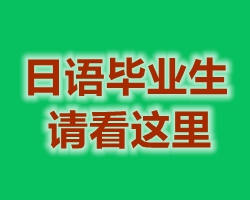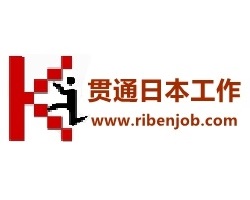|
若您想参与论坛讨论请点击后面连接: 小弟刚学日语,对音训读不懂,特来请教 作者:6208128 2005-4-4 12:16:00)
小弟刚学日语,对音训读不懂,特来请教 小弟刚学日语,对音训读不懂,特来请教 按照书里面的说法,是不是一个汉字有2中读法,音读和训读 如果有的话,那我比如看到或要写一句话,那怎么知道是用训读还是用音读,虽看过论坛无数关于音训方面的东西,但还是不了解,望指教 作者:cocokikilala 2005-4-4 12:28:00)
Kun Reading: pronunciation base on Janpanese word On Reading: Pronunciation base on Chines word Kanji have two categories of meanings and pronunciations, referred to as "readings": on readings (音読み or onyomi) and kun readings (訓読み or kunyomi). On readings are derived from the original Chinese pronunciations of the character, and are typically used when a kanji is part of a compound. Kun readings are typically used when kanji are used on their own, either as complete nouns or as adjective and verb stems. Most kanji have at least one on-reading and one kun-reading each. Kanji also have a third, lesser-known reading called nanori reading, which is used for people\'s names. There are exceptions to these rules. Many kanji have no kun-reading and a few have no on-reading. Some use kun-readings, not on-readings, to make compounds. Often a kanji will be used for the root of a verb, with the conjugation written in hiragana. When kanji characters are not followed by hiragana they are often grouped in twos and are pronounced in the On reading. The word "kanji"(漢字) is a perfect example of this. Its pronunciation is derived from the Chinese word "hanzi". Kanji is often accompanied by furigana, that is, ruby characters printed alongside their Kanji counterparts (especially in children\'s texts and mangas, or for characters not included in the 2,000 most commonly used Kanji). Appropriately, the most common Kanji to be found in daily usage is 日, "sun", which gives rise to the name "land of the rising sun". [此贴子已经被作者于2005-4-4 13:43:39编辑过] 作者:6208128 2005-4-4 13:07:00)
什么意思啊,E文不好 作者:sabbathliu 2005-4-4 13:54:00)
这其中的规律只可意会,难以言传,总之,多读多问,读得多了自然就有一个大概的认识了。 作者:cocokikilala 2005-4-4 14:30:00)
呵呵。。。 Let me try to translate,因为我以前记录的也是英文的解释: 训读:是基于日文而发音的(假名以及片假名) 音读:是基于汉字的发音(中国文字的发音) 日本汉字都有两种不同的意思和不同的发音,关于“发音”:一种是音读,一种是训读。音读起源于中国汉字的发音,最具代表的音读就是一个词完成由汉字组成的日文字. (个人举例:图书馆)。训读,主要出现在当日本汉字单独运用时,或者是做为词干组成的完整名词,形容词以及动词时,为训读。大部分的日本汉字至少都有分音读以及训读。其实日本汉字还有第三种读音,叫成“Nanori"的读音(我也不知道怎么翻, 一般是运用人名。 这里也有例外的。许多日本汉字没有训读发音以及少部分没有音读发音。而有一些只要训读发音,没有音读去组成一个复合词。 通常日本汉字会作为动词的词根与片假名组合。当汉字后面没有接片假名时,一般会由两个以上的汉字组成,发音读发音。"kanji"(漢字) 就是最好的例子。它的发音完全是其于中文“Hanzi"。 (到这里,我想大家你也明白了,我也不翻译啦) 作者:6208128 2005-4-5 9:42:00)
是不是当一个词只有一个汉字,前后都是假名时就用训读,比如人(ひと),当一个词里由好几个汉字组成的词时就用音读,比如:日本人(にほんじん),是这个意思吗?小弟愚钝,如有不对,望祥解 [此贴子已经被作者于2005-4-5 9:44:20编辑过] 作者:cocokikilala 2005-4-5 10:39:00)
我想是的。。。其实我也是昨天弄了好久才明白的。。 呵呵。。。 |
小弟刚学日语,对音训读不懂,特来请教
文章录入:贯通日本语 责任编辑:胖子












